
The Mediterranean
By air, land or water? Pick the best travel route from A to B
The Mediterranean • Insider guides • By air, land or water? Pick the best travel route from A to B
An insider guide to travelling across the Med
Moving around the Mediterranean isn’t always as simple as hopping from one coast to the next. A quick flight might save hours, but it can come at a premium. Trains can be the most comfortable way to slip between countries, yet timetables don’t always match island rhythms. Ferries offer slow, scenic passages, while long-distance coaches often beat them all on price. The trick is knowing which option makes sense for the route you’re planning and which ones to avoid if time is tight. This guide unpacks the smartest ways to connect the dots across the region, from Greece to Spain, with insider tips and tools to help compare routes before you book.
Table of Contents

How do I find the quickest, most affordable or most comfortable way to get from one Mediterranean destination to another?
When planning a trip between two Mediterranean destinations, the first thing to pin down is what you actually value most – speed, price or comfort (and yes, balancing all three can be tricky).
Think door-to-door, not just point-to-point. The fastest option on paper isn’t always the fastest in practice once you factor in getting to the port, station or airport, check-in time, waiting around, transfers and that last stretch to your hotel. Likewise, what looks like the cheapest ticket can shift when you add ferry transfers, baggage fees or a taxi to the airport.
Take Athens–Crete, for instance. A short flight hops the Aegean in about 50 minutes, but once you include the hour it takes to reach Athens International, security time, and the drive from Heraklion airport into town, the total can easily stretch to three hours door to door. Meanwhile, an overnight ferry takes around nine hours. Longer, yes, but it doubles as your hotel for the night, lets you wake up right in the port and often costs less once you factor in accommodation.
The same logic applies elsewhere: a ferry from Naples to Palermo might rival a flight once you add in airport transfers. Marseille–Barcelona is faster by high-speed train than flying, once security and waiting times are added. Valencia–Ibiza is one of those routes where ferries win for flexibility and flights for sheer speed.
Using a multi-modal search tool helps you compare all this in one go. Platforms like Omio show trains, ferries, coaches and flights side by side so you can instantly weigh the fastest, cheapest and most comfortable options. Always scan the total travel time and all-in cost, not just the ticket price, before you decide.
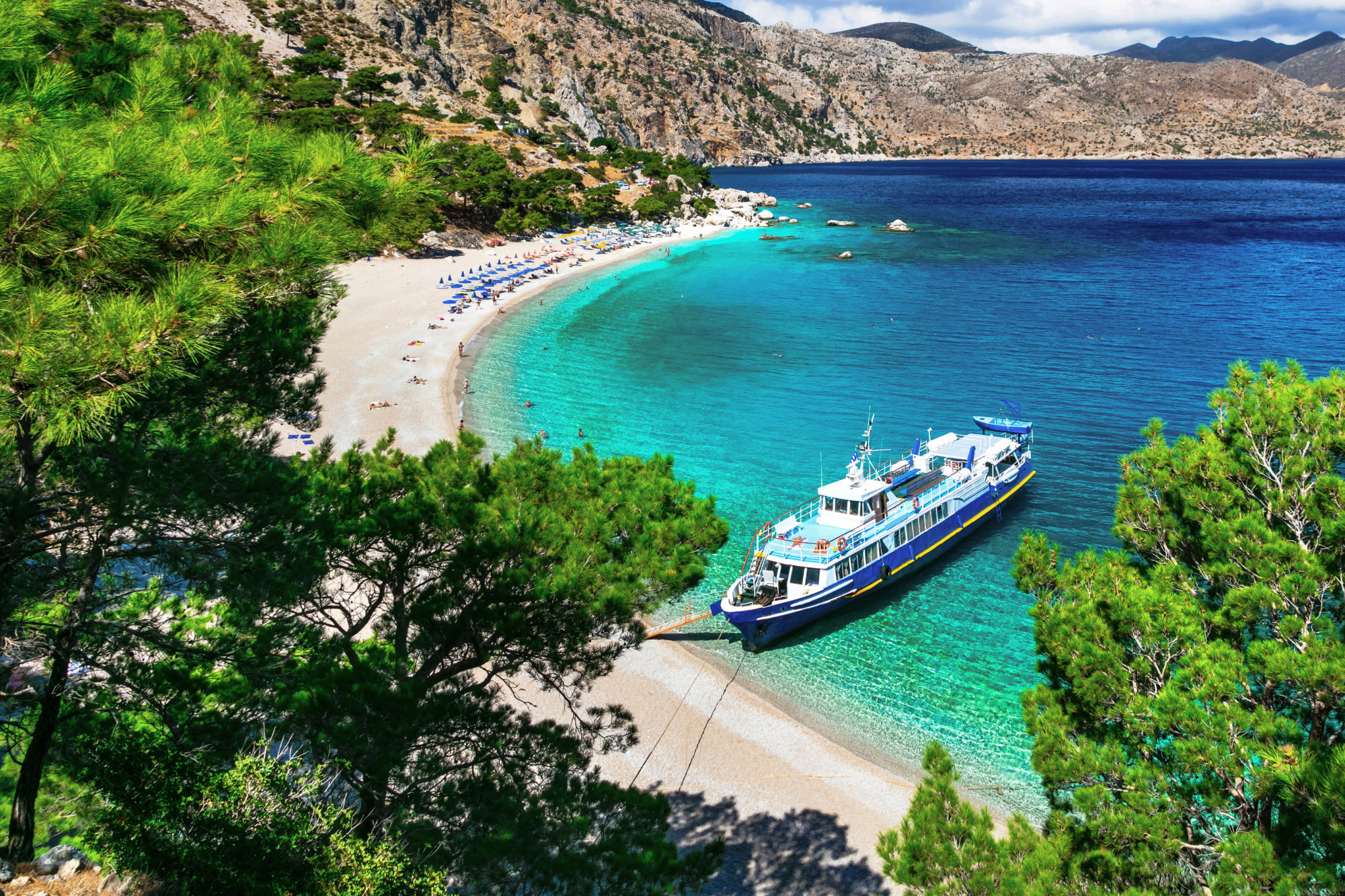
What are you optimising for – time, price or comfort?
Before you pick a mode, decide what matters most on this trip. Often you’ll trade one factor for another, so consider at least two of these: speed, cost and comfort (with environmental impact as a fourth if you care about emissions).
If time is king (fastest arrival)
For long distances, flying usually still wins. But for mid-range legs, say Marseille to Barcelona or Naples to Palermo, high-speed trains and short flights often match up once you calculate the full door-to-door time. Trains skip long security lines and typically depart from city centres, while flights can save hours on longer hops or to islands without strong rail connections.
If price is king (cheapest)
Coaches and low-cost carriers often come out cheapest, especially if you’re flexible with dates or departure times. Yet trains can still surprise you. Early bookings or off-peak routes sometimes rival airfares and spare you the hidden extras. Many train fares include luggage, while budget flights tend to charge per bag, seat selection or even check-in.
If comfort is king
Trains and ferries dominate here. Onboard space, the ability to stretch or work and the calm rhythm of travel all make a difference when crossing borders or seas. Ferries between mainland ports and islands double as part of the experience — cabins, lounges, restaurants, and decks mean you can settle in and enjoy the journey itself. Coaches have come a long way, often with Wi-Fi and reclining seats, but they’re still best for shorter hops. Flights may be quick, but cabin space is limited and movement restricted.
Environmental impact
Air travel is the most carbon-intensive. Intra-European flights emit roughly five to six times more CO₂ per passenger-kilometre than trains. Studies find that an overnight train can cut CO₂ by 90% compared to flying the same city pair. If reducing footprint matters, trains and coaches often win.
In reality, you’ll usually juggle two priorities. Speed and comfort might point to a fast train or short flight. Price and speed often mean a budget carrier or coach. Comfort and cost, perhaps if you’re travelling as a family or with luggage, might make an overnight ferry or long-distance train ideal. The easiest way to see how those trade-offs play out? A single search on Omio across all modes lets you compare total journey times, transfer convenience and what you actually get for the price.

How far is this leg, really?
Distance is a key filter. A rough rule of thumb is:
Up to 600 kilometres
High-speed rail or coach often beats flying door-to-door. For example, a 500-kilometre train trip can take three to four hours and if the equivalent flight is one hour in the air, adding two hours for airports can make the train faster. This is the “sweet spot” for Europe’s modern trains: within 300–600 kilometres, trains can often reach 200–300 kilometres per hour or use night-sleeper options to maximise sleep.
Many Mediterranean city pairs fall here (e.g. Athens–Thessaloniki is 303 kilometres, Barcelona–Valencia is 350 kilometres and Rome–Florence is 270 kilometres). In these cases a train typically wins on total time or is very competitive and it avoids the hassle of airports.
About 600–1,200 kilometres
This is a toss-up zone. If there’s a high-speed line or overnight sleeper, trains are attractive. For example, Paris–Rome (1,100 kilometres) takes 11–12 hours by day train (or 13 hours with night travel) vs a four-hour flight plus four hours air travel time. If a night train is available (so you sleep en route), it can replace a hotel and flight combination. Otherwise, a short flight may save hours, though it adds transfer time.
For medium ranges like Athens–Istanbul (800 kilometres) or Marseille–Warsaw (1,300 kilometres), flights usually shave hours off train times, unless you’re willing to overnight. Night trains become attractive up to about 1,200 kilometres, as they let you travel hundreds of extra kilometres without wasting daytime.
Over 1,200 kilometres
Flying generally wins on time. Unless you can board a sleeper train, taking a plane is usually far quicker. For example, the train from Madrid to Athens would be 40+ hours by rail vs a three-hour and 30-minute flight plus transfers, so air is preferred.
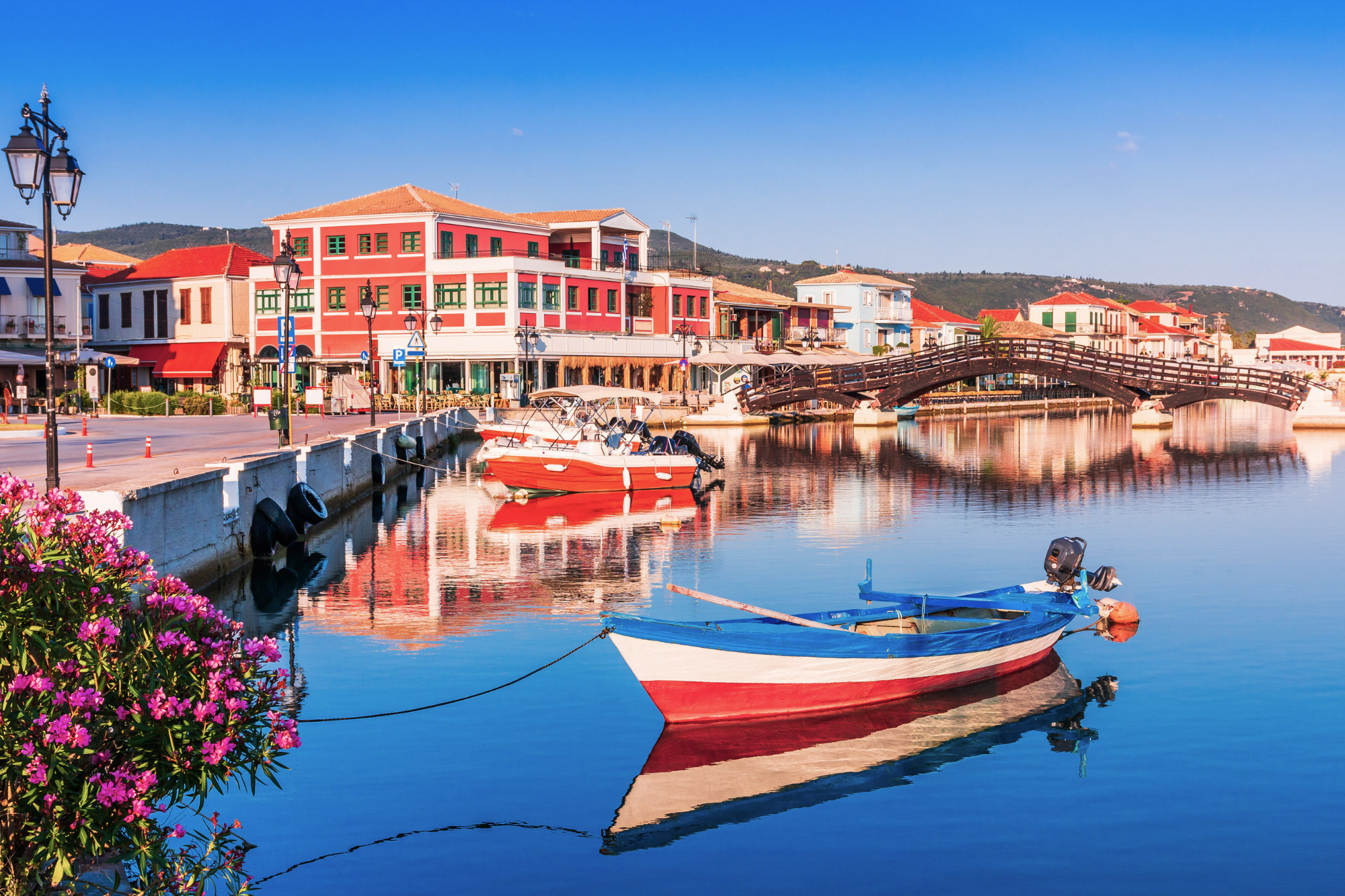
Where do you start and finish – city centre, port or airport?
Always compare city-to-city travel times, not just the flight or ferry duration itself. A Rome–Athens flight time doesn’t tell the whole story if you don’t factor in transfers to and from the airport. Major airports are often well outside town. Rome’s Fiumicino (FCO) sits about 25 kilometres from the city centre, while Athens International (ATH) is nearly an hour’s journey from Piraeus port if you’re continuing on to the islands. By contrast, train stations like Roma Termini or Milano Centrale are in the thick of the city, and ferries often sail directly from central harbours.
That’s where ferries shine in the Mediterranean. On routes such as Piraeus–Santorini or Naples–Palermo, you board close to town, skip airport security altogether, and disembark practically in the destination itself. Overnight crossings double as your accommodation, making early-morning arrivals easy. Similarly, ferries between Valencia and Ibiza or Marseille and Corsica let you wake up at your next stop without a single baggage claim or taxi queue.
Even short hops can be deceptive when you factor in ground time. A flight might take less than an hour in the air, but once you add the early airport arrival, transfers and waiting, it often rivals a direct train or overnight ferry in total journey time. The reverse is true, too. If you’re short on time and the airport is well connected, flying may still come out ahead.
The simplest way to see the full picture is to compare all modes in one place. Using a multi-modal search tool such as Omio helps you check true door-to-door times and spot whether a ferry, train or flight actually fits your travel rhythm best.
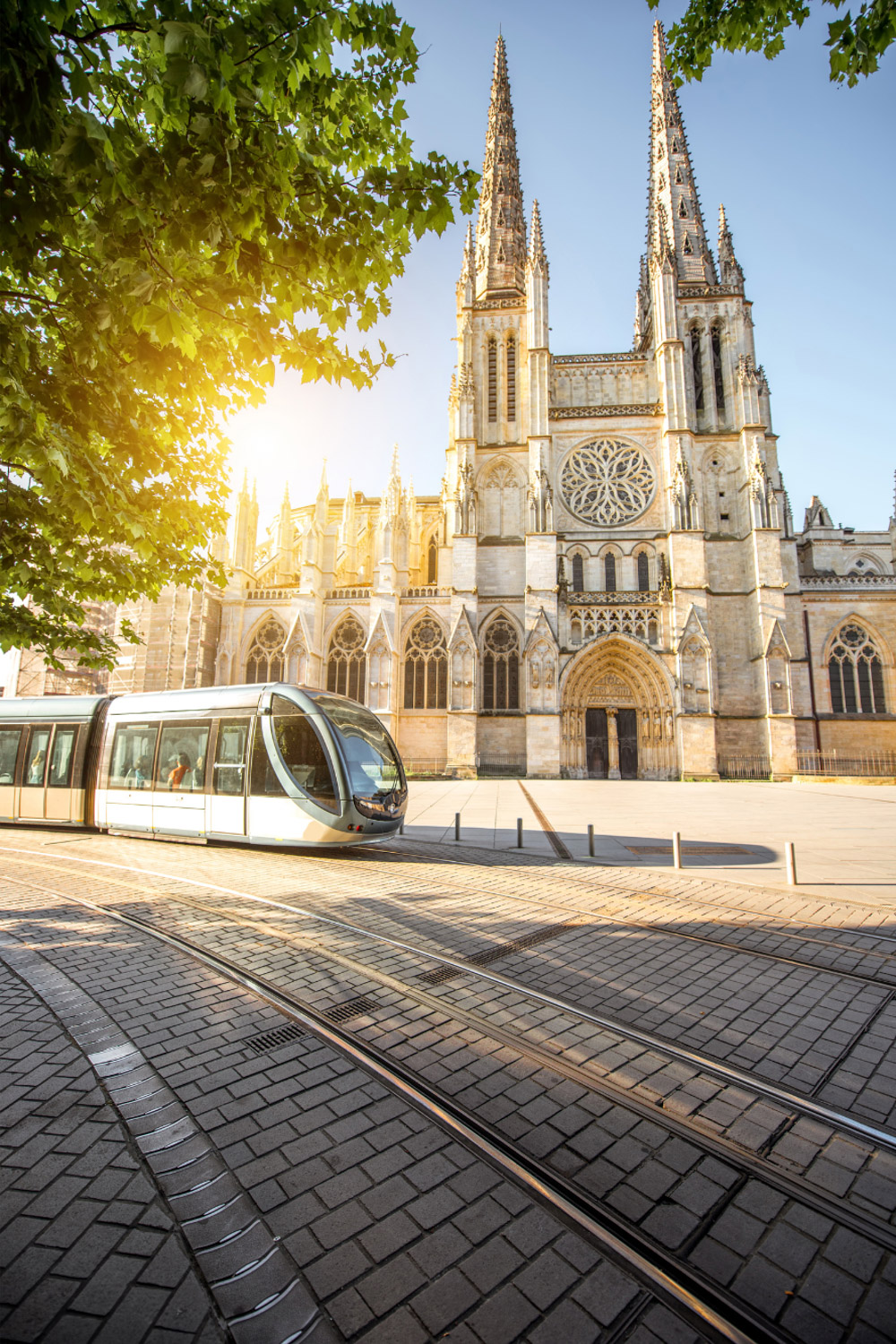
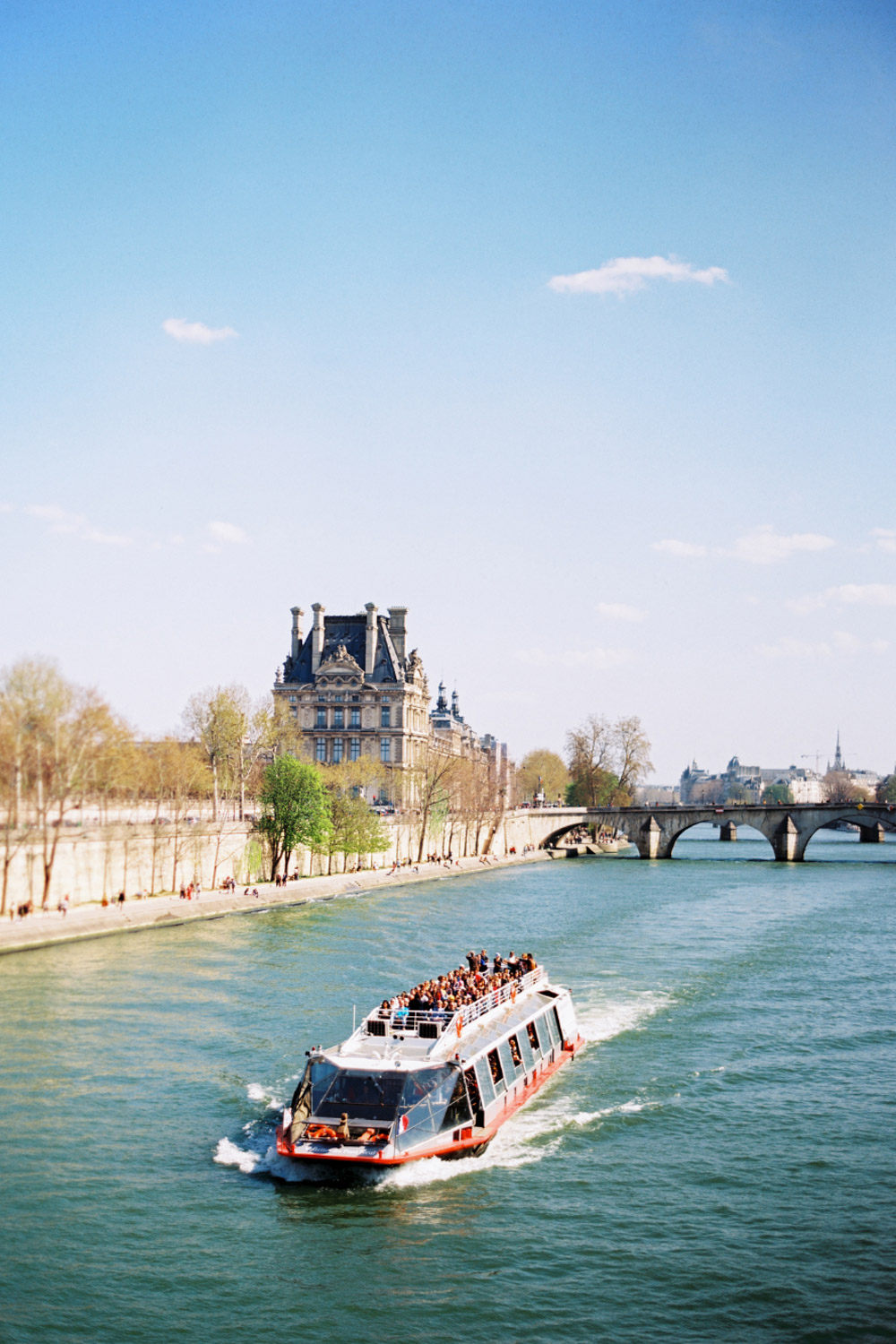
How well is this corridor connected today?
Frequency
Check the frequency and directness of each mode. More frequent services and direct routes are usually more convenient. For trains and coaches, see how many departures run per day. For example, on a major European corridor like Paris–Barcelona, there are typically three to four high-speed trains daily (some overnight) and dozens of flights per week. On a smaller route like Nice–Milan, trains run about every two hours, but flights are just a few times a day. If you have only one overnight ferry or an international train that runs twice a week, that reduces flexibility. In general, routes with fewer transfers and a single through-connection are the best option.
Seasonality
Also consider seasonality, especially for ferry routes in the Mediterranean. Summer timetables are often packed with daily sailings, while in winter the same route might shrink to two or three a week or disappear altogether. Checking schedules in advance can make or break your plan.
Reliability
Finally, think about reliability. Fewer “moving parts” (transfers, interchanges) usually means fewer things to go wrong. A single train ride is simpler than a flight and bus combo. Trains in Europe tend to have high punctuality on average and even if delayed, usually only throw off minutes. Air travel can face check-in delays, baggage waits or cancellations due to weather. Check real-time apps or news on strikes: a well-connected train corridor (e.g. Paris–Nice) can still be hit by service cuts, so have a backup if possible. But in general, the route with multiple daily departures and direct service is more dependable.
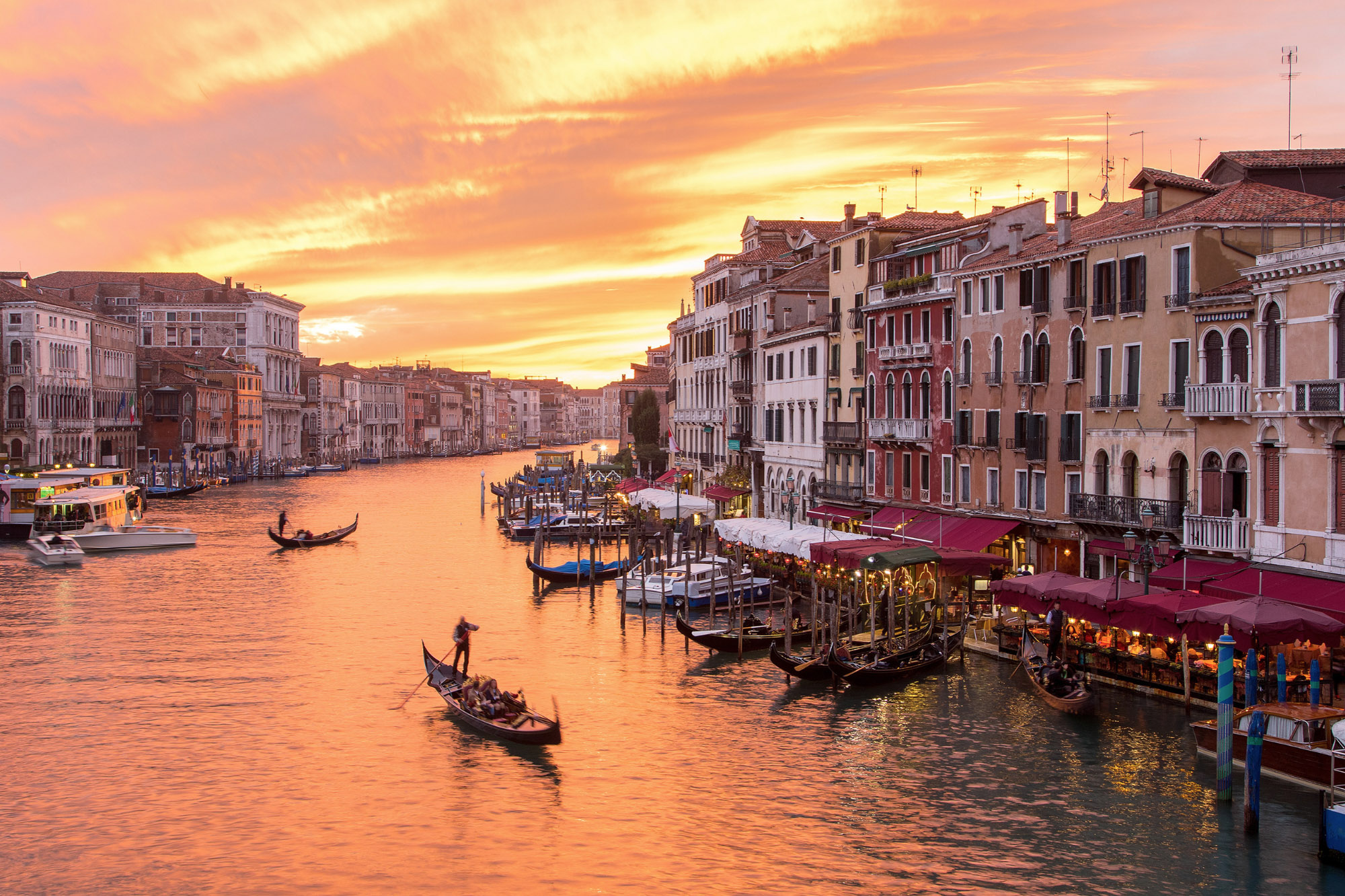
What does the all-in comparison say?
Now crunch the final numbers. Build a mini itinerary for each mode and compare total time and costs:
Total travel time
Sum up each segment (train/bus to departure point, wait time, actual journey and final leg to hotel). Add reasonable buffers: e.g. +15–30 minutes if you must switch vehicles mid-route. For flights, build in at least two hours before departure, plus transit to the city at the other end. It’s wise to assume you need to be at the airport two hours early for international flights. Account also for baggage collection time on arrival. A helpful rule: add two hours on top of a short flight’s airtime to compare with a train’s schedule time. For example, a one hour flight often amounts to around three hours door-to-door.
Number of transfers
Each change is a potential delay. A train+train+bus combo (four legs) will likely take longer and stress you more than a direct overnight ferry. If the quick flight option requires, say, two bus shuttles, that can ruin its advantage.
Luggage and gear
Add a mental cost/time for special items. If flying, will you pay for ski bags or bikes? If taking a coach, confirm how many hold bags are included (FlixBus, for instance, includes one or two checked bags). Trains in Europe typically allow two large pieces plus hand luggage for each passenger, with no overweight fees (as long as you can lift them). In contrast, a budget airline might charge €50 per checked bag, plus higher fees for oversized gear.
Seat/berth reservations
Many high-speed and overnight trains across Europe require advance reservations, which may come as an add-on when booking. These secure your seat or sleeper berth but can limit flexibility, especially at peak times. Ferries often have optional cabin upgrades that let you sleep en route instead of paying for a night’s accommodation ashore.
Miscellaneous fees
Beyond tickets, watch for extras that creep in. Booking or payment fees on some sites, seat-selection charges or small supplements for added services. These small costs can shift the balance when comparing modes.
Pulling all this together often changes the picture. The “cheap” flight can end up matching a train once you include baggage and transfers, while a direct ferry might save both time and an overnight stay. Using a multi-modal search tool like Omio helps you lay it all out clearly, travel time, total cost, and comfort, so you can make a true city-to-city comparison before you book.
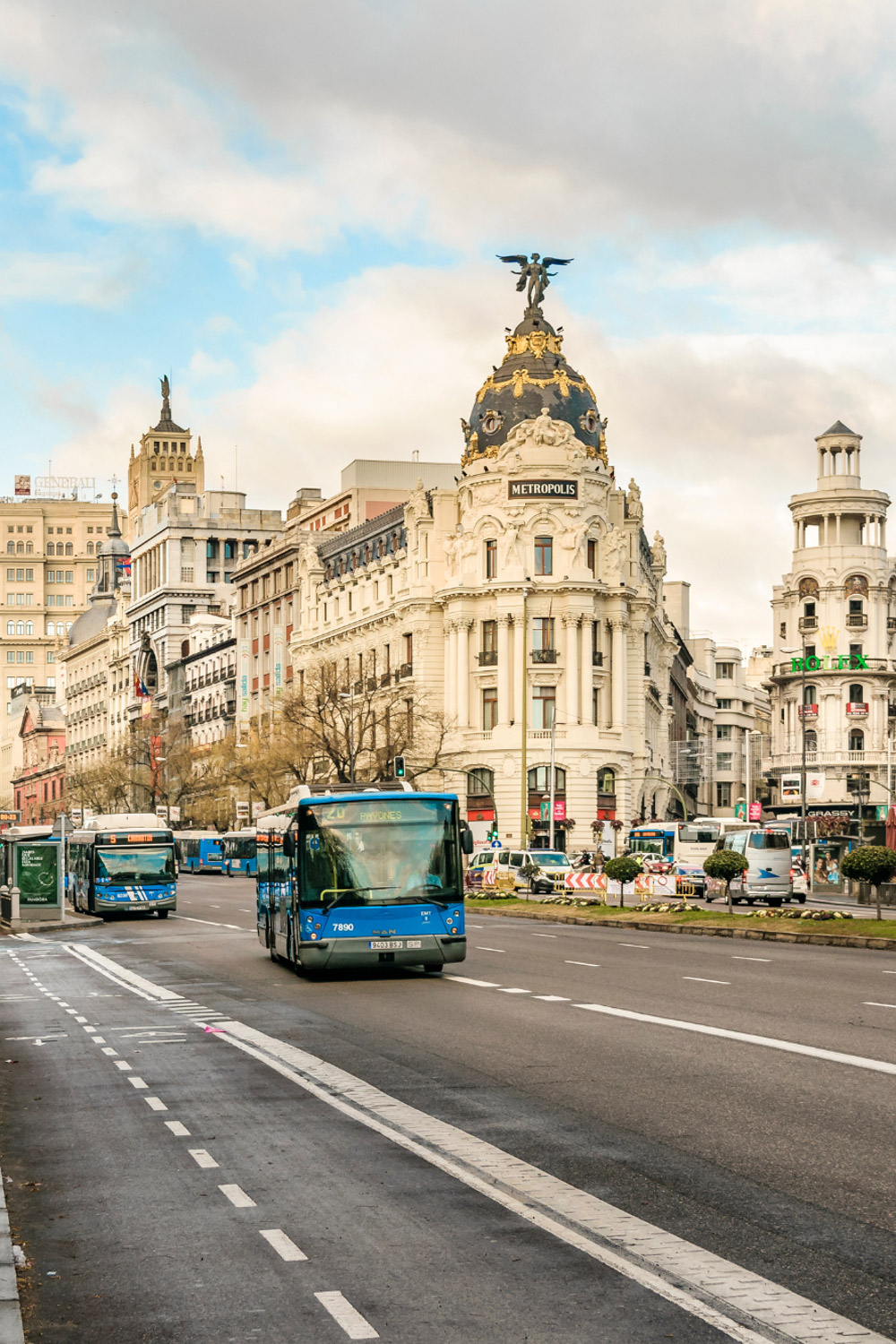
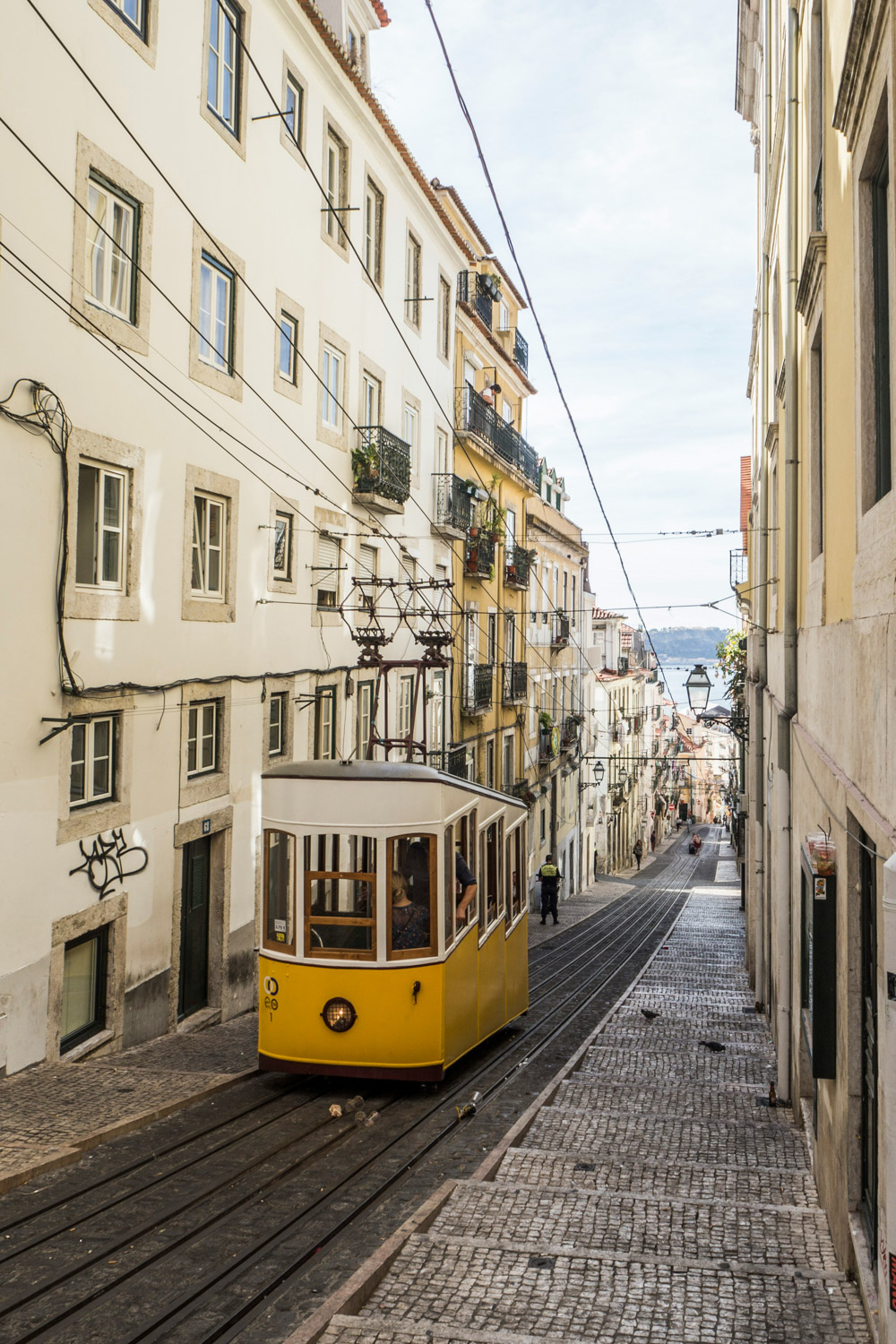
Could travelling overnight make this simpler?
Yes – an overnight service (train, coach or ferry) can turn travel time into sleep time and save a hotel night. If your itinerary allows, see if there is a night train or ferry that departs late and arrives early. The key logic is to arrive by dawn (say before 8:30 in the morning) so you can spend the day at your destination. A 23:00 departure that reaches the destination by 7:00 in the morning means you “lose” no daylight hours in transit.
Overnight travel options
Night trains across Europe are making a strong comeback, linking cities across the Med and beyond. They offer a calmer, more sustainable alternative to red-eye flights and airport waiting lounges. Coaches with overnight departures still win on price and cover long stretches efficiently, though comfort levels vary. Ferries remain a favourite across the Mediterranean, particularly between mainland ports and islands, offering cabins, onboard dining and that rare pleasure of watching the sun rise as you arrive.
Berth types
Keep berth types in mind. Sleepers (private cabin for one to three people, often with a washbasin and sometimes a toilet) vs. couchettes (four to six berth shared compartment). Sleepers cost more but are quieter, whereas couchettes are cheaper bunks where you make your own bed. Many European night trains let you reserve a three-person sleeper or a six-berth couchette. Ferries likewise offer cabins (two-berth, four-berth) or even reclining seats. Amenities on overnight ferries can include restaurants, bars and lounges, so you can dine or relax before sleeping.
Remember: overnight options remove the need for a hotel room (cost savings) and maximise daytime, but consider security and comfort. Are you comfortable sleeping in a shared couchette? Does the schedule actually let you sleep (some ferries depart too early or arrive too late to be restful)? If yes, overnight can indeed simplify the journey by turning travel time into a free night on the move.
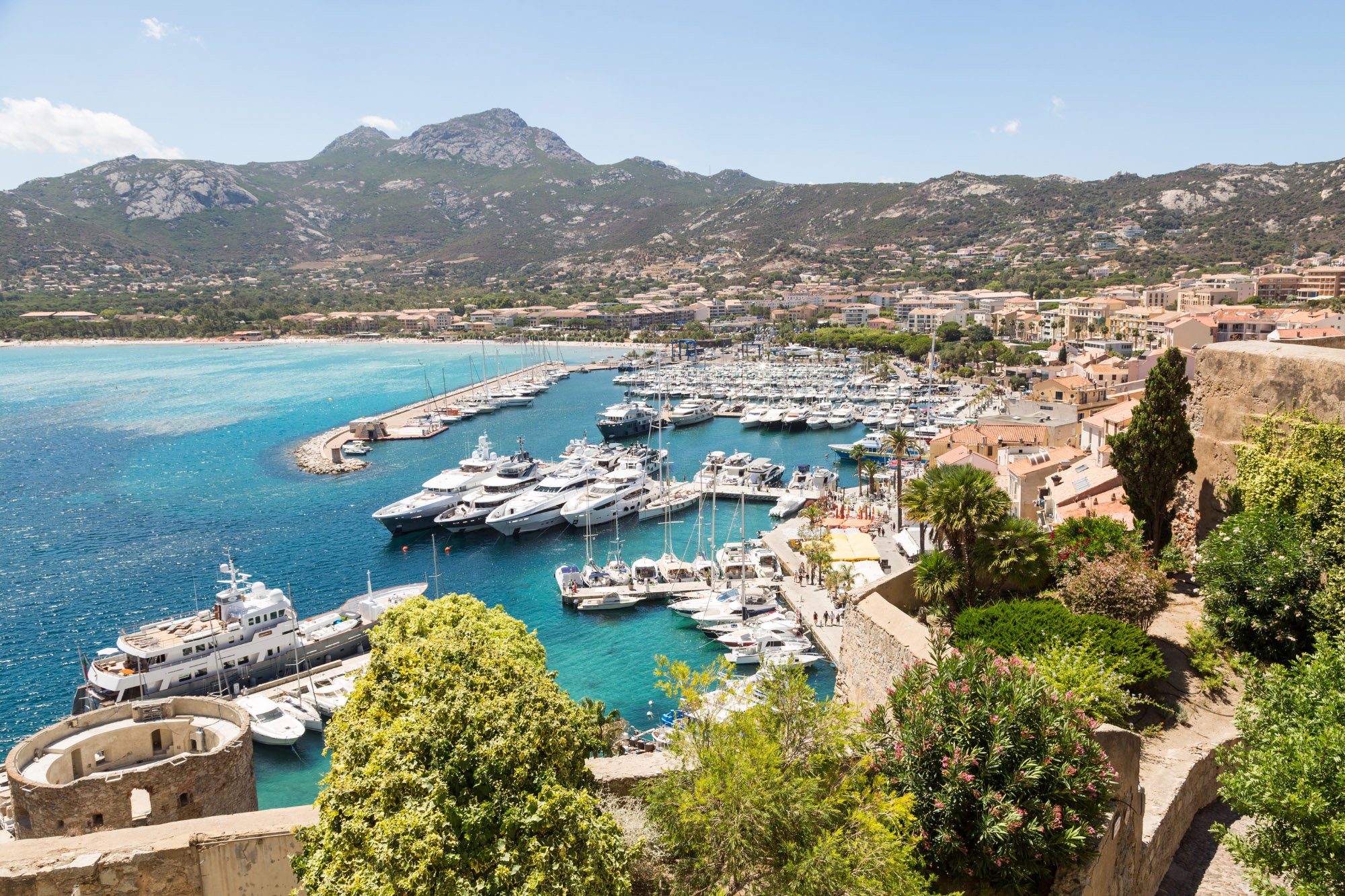
What will the journey feel like?
Think beyond numbers: imagine the experience. If you plan to work or sleep, check each mode’s onboard features:
Trains
Modern long-distance trains in Europe often have free Wi-Fi, power sockets at each seat, quiet zones and dining cars on many routes. You can stroll through the cars or buy coffee and snacks. Seats are generally roomy (most trains offer more space on average than planes). There’s no “turbulence” to disturb you. Scenic views can be spectacular: whether it’s a coastal run along the Mediterranean or Alpine panoramas, trains often traverse routes that cars and planes miss. For many travellers, the chance to see dawn over olive groves (as on the Athens–Thessaloniki line) makes a train worth an extra hour.
Coaches (buses)
Coach comfort varies. Budget overnight buses used to be bare-bones with no outlets or Wi-Fi, but today many carriers (like FlixBus) advertise free Wi-Fi, USB or power outlets, reclining seats and onboard toilets. Legroom can be decent and seats often recline more than trains (especially when economy-class trains have fixed seats). However, coaches usually run on highways, so they miss scenic villages. Noise can be an issue (road and engine noise, plus other passengers). For families or groups, coaches can be the cheapest way to travel together, though children have to stay seated (no moving about).
Ferries
A Mediterranean ferry can feel like a mini cruise. Foot passengers have lounges, bars and deck space to walk around, a welcome break for long legs. Sway and engine noise vary by ship class: older boats may feel a rumble, but cabin berths let you sleep through it. Ferries often allow walking on deck or dining, which can be a pleasant alternative to being cooped up on a plane. If you don’t speak the local language, remember that port announcements will be fewer than at an airport, but cabins often have signage in English. A note on seasickness: routes like crossing open straits can be choppy, whereas coastal cruises are usually calm.
Planes
On short-haul flights, legroom is tight. You have little space to move (no cabins). Many low-cost carriers now charge for overhead locker use or have smaller carry-on policies. The upside is speed and time to yourself (you can close your eyes for hours). But baggage restrictions and security lines limit what you can bring and what you do on board. Wi-Fi is not typically available on short flights (and mobiles must be off), so it’s downtime. Weather turbulence can jostle you, which some find stressful.
Family and gear
If you’re travelling with children or lots of luggage, trains and ferries typically win on comfort. Trains often allow families to sit together and let kids move around at stops and many rail companies treat very young children as free passengers. Airlines generally charge for infants’ seats and for each extra bag. Coaches and trains typically have generous overhead racks and no strict weight limits (as long as you can carry your bag). If you have bulky sports gear (skis, surfboard) or a stroller, check policies. Trains usually carry one stroller folded up (for free) and bikes with a reservation, whereas airlines and coaches have stricter size limits or surcharges. Ferries can take cars or vans, so if you have a vehicle, they are often the only way to bring it (foot passengers pay less than car passengers, however).

What are your luggage and gear realities?
Finally, match your gear to the transport.
Trains
European trains are very luggage-friendly, most do not enforce strict size or weight limits. As long as you can lift it into the rack, you can board. For instance, Eurostar explicitly allows two 85-centimetre bags and a small piece of luggage per person. DB/ICE trains allow two large suitcases plus a carry-on with no weight check. Bike-friendly coaches or trains (like Austria’s Nightjet or many regional lines) often have spaces for folded bikes or full bikes for a small fee. Children’s strollers and sports gear are usually treated like normal baggage on trains.
Planes
By contrast, airlines have strict allowances. A typical short-haul ticket includes one small cabin bag (max 55×40×20 centimetres) and sometimes one under-seat bag. Checked baggage (20–23 kilograms) usually costs extra per piece and oversized items (guitars, sports gear) may incur $50–$100 fees or require a special booking. For example, skis and snowboards often count as one piece of sports luggage, but you must pack them in rigid cases and pay an upcharge (or use a ski-bag service). Travelling with a bicycle is possible on planes only if you disassemble it and pay the oversize fee.
Coaches (buses)
Coaches generally allow one piece of hold luggage (up to 20–30 kilograms) plus one carry-on. However, excess or very large items might be refused or incur a fee. For budget travellers, coaches are quite tolerant: it’s common to see bicycles and skis checked (sometimes for a small fee). The downfall: if the bus doesn’t have enough space for all luggage, later passengers (often tour groups) sometimes reboard and your gear can get held or delayed.
Ferries
Ferries allow lots of luggage, especially if you book a cabin or car ticket. Foot passengers can bring a couple of suitcases plus a carry-on without charge (they simply walk on and off). If you have a car, your baggage goes with it and you are only limited by what fits in the vehicle – so you can literally pack as much as a van’s worth. Many travellers use ferries to move cars and motorbikes (e.g. crossing from Italy to Sicily or Greece). On board, there are luggage racks in corridors or space in cabins for your bags. Some ferries will even sell you a small cart to move bags on larger ships.
Central arrivals with bags
Remember, a train or ferry that arrives downtown means you often save time lugging bags through taxis or shuttle buses. For example, arriving by train at Valencia’s Estació del Nord (city centre) means you only carry bags a few blocks to your hotel. Flying into Valencia airport would have added a 30–40 minute airport train or taxi. That logistic comfort – walking right into town with your gear – is a big advantage of rail and ship travel in the Med.
Share this
Stay in the know
Sign up for the latest hotspot news from the Mediterranean.








































